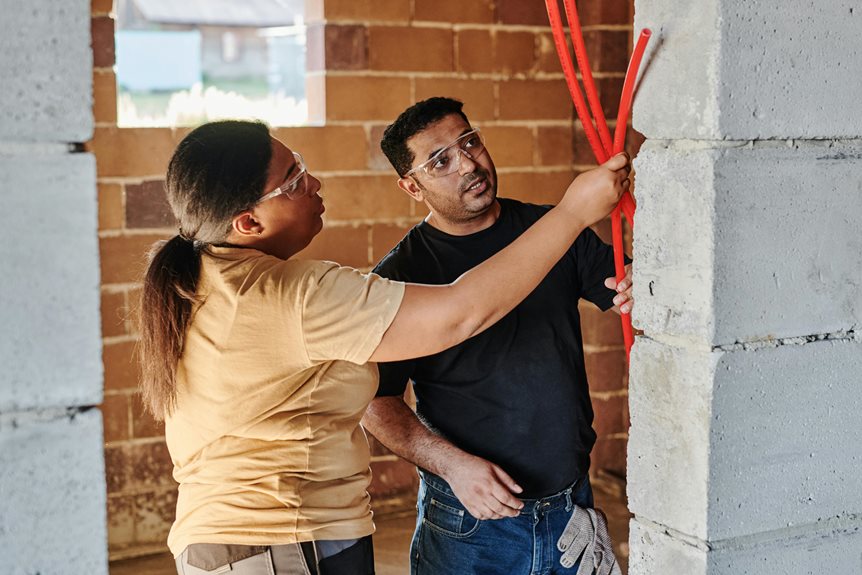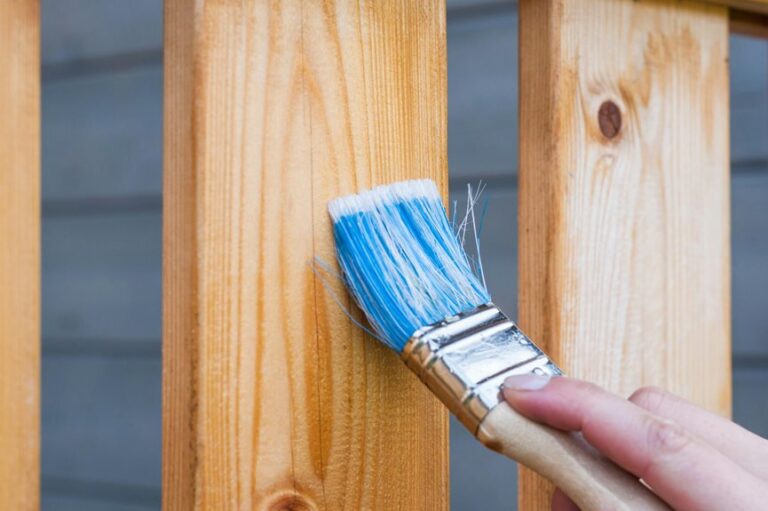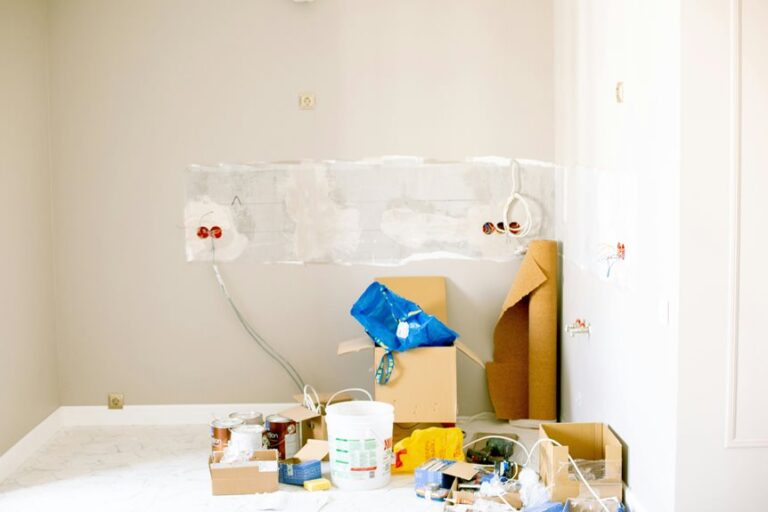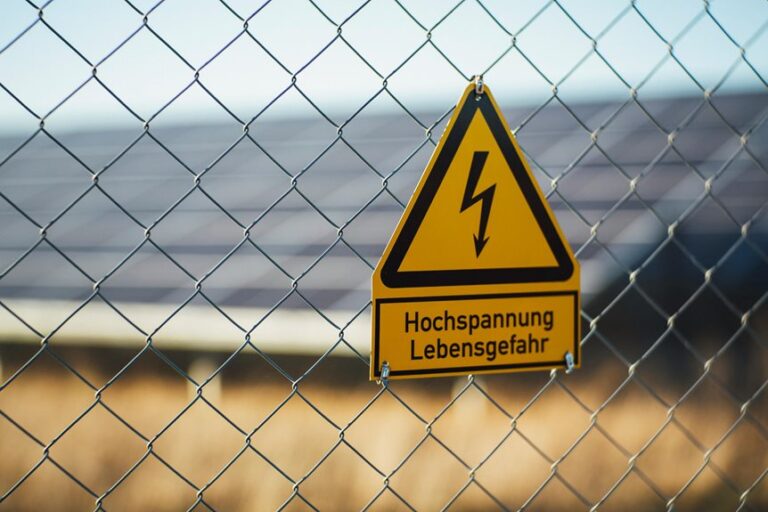You might think that tackling electrical work is as easy as changing a light bulb, but the reality is far more complex and dangerous. Before you grab your tools, you need to guarantee you fully understand the potential hazards involved. Knowing how to use a voltage tester properly, wearing the right personal protective equipment, and maintaining a safe workspace are just the beginning. What happens when you encounter unexpected live wires or make common DIY mistakes? The answers could save you from serious accidents and guarantee your projects go smoothly.
Understanding Electrical Hazards
When you engage in electrical DIY projects, it's crucial to recognize the hazards that can arise. Electricity poses considerable risks, including electric shock, burns, and even fire hazards. Understanding these potential dangers is your first line of defense.
Electric shock occurs when electrical current passes through your body, potentially leading to serious injury or death. This risk increases when working with live wires or faulty equipment. Always verify the power is disconnected before starting any project. Use a voltage tester to confirm the absence of current in the wires you're handling.
Another hazard is the risk of burns. Overheating wires or devices can result in thermal burns if you touch them without proper insulation. Inspect your tools and materials for wear and tear, and replace any damaged components immediately.
Fire hazards also can stem from improper wiring, overloaded circuits, or faulty connections. Familiarize yourself with the electrical load limits of your circuits, and avoid overloading them.
Finally, don't overlook the importance of working in dry conditions. Moisture increases conductivity, elevating your risk of shock.
Essential Tools for Safety
When working with electricity, having the right tools is essential for your safety.
Personal protective equipment like gloves and goggles protects you from potential hazards, while circuit testing instruments help you identify live wires and faulty circuits.
Ensuring you have these essentials on hand will greatly reduce your risk of injury.
#
Personal Protective Equipment
Personal protective equipment (PPE) is crucial for anyone tackling electrical DIY projects, as it greatly reduces the risk of injury. Using the right gear guarantees you stay safe while working with potentially hazardous materials and tools. Here's a quick overview of essential PPE you should consider:
| Equipment | Purpose | Example Usage |
|---|---|---|
| Insulated Gloves | Protects hands from electrical shock | Handling live wires |
| Safety Goggles | Shields eyes from flying debris or sparks | Cutting wires or drilling |
| Hard Hat | Protects head from falling objects | Working in areas with overhead hazards |
Always choose PPE that meets safety standards and is appropriate for your specific tasks. Make certain your insulated gloves have the proper voltage rating and fit comfortably. Your safety goggles should provide a snug fit without obstructing your vision. Don't forget about footwear; steel-toed boots can protect your feet from heavy equipment or tools. By investing in quality PPE, you'll greatly enhance your safety while working on electrical projects. Remember, safety first!
Circuit Testing Instruments
Using the right personal protective equipment (PPE) is just the first step in guaranteeing safety during electrical DIY projects. Equally important are circuit testing instruments that help you assess and verify electrical systems before you start working.
These tools not only promote safety but also enhance your efficiency. Here are some essential circuit testing instruments you should have:
- Multimeter: Measures voltage, current, and resistance, allowing for thorough diagnostics.
- Voltage Tester: Quickly checks if a circuit is live, confirming you don't work on energized lines.
- Clamp Meter: Measures current without disconnecting wires, making it safer and easier to assess load.
- Circuit Tracer: Locates and identifies wiring paths, helping you avoid accidental contact with live wires.
Employing these instruments effectively minimizes the risk of electrical shock and equipment damage.
Always confirm your tools are in good working condition and rated for the tasks you intend to perform. Regularly calibrate your instruments for accuracy.
## Personal Protective Equipment
When working on electrical projects, wearing the right personal protective equipment (PPE) is vital.
You need essential safety gear like insulated gloves, hard hats, and non-slip footwear to prevent injuries.
Additionally, make sure to choose proper clothing and use appropriate eye and face protection to safeguard against electrical hazards and flying debris.
Essential Safety Gear
In the domain of electrical DIY projects, equipping yourself with essential safety gear is essential for preventing accidents and guaranteeing your well-being. Proper safety equipment helps shield you from potential hazards associated with electrical work.
Here's a list of must-have items:
- Safety Goggles: Protect your eyes from flying debris and sparks that may arise during electrical tasks.
- Insulated Gloves: These gloves safeguard your hands from electric shocks and provide a non-conductive barrier while working with live wires.
- Hard Hat: If you're working in areas where there's a risk of falling objects or overhead hazards, a hard hat is important for head protection.
- Ear Protection: For projects involving power tools or equipment that generate loud noise, earplugs or earmuffs will help prevent hearing damage.
Using the right safety gear not only protects you, but also enhances your focus, allowing you to work with confidence.
Always verify your gear meets safety standards and is in good condition. Regular checks can make a significant difference in your electrical DIY experience.
Prioritize your safety by investing in quality gear before you start any project.
Proper Clothing Choices
Choosing the right clothing is essential for ensuring safety during electrical DIY projects. Start with wearing long-sleeved shirts and long pants. These provide a barrier against accidental contact with live wires or tools.
Opt for natural fibers like cotton, as they're less likely to ignite compared to synthetic materials. Avoid loose clothing that could catch on equipment or create entanglement hazards.
Footwear is equally critical. Wear sturdy, non-slip shoes with rubber soles. These not only offer traction but also protect your feet from heavy objects and electrical hazards.
Steel-toed boots are ideal for additional protection.
Additionally, consider wearing insulated gloves designed for electrical work. These gloves can prevent electric shocks and should be tested for voltage resistance.
Make sure they fit well and are free of any damage before starting your project.
Finally, avoid wearing jewelry or accessories that could conduct electricity. Remove watches, rings, or bracelets to eliminate the risk of electrical conduction or entanglement.
Eye and Face Protection
How can you guarantee your eyes and face are protected during electrical DIY projects? When working with electricity, it's essential to use the right personal protective equipment (PPE) to minimize the risk of injury. Your eyes and face are particularly vulnerable to sparks, flying debris, and chemical splashes.
To ascertain safety, follow these essential guidelines:
- Safety Goggles: Use goggles that meet ANSI Z87.1 standards to shield your eyes from particles and hazards.
- Face Shield: When working with high-voltage equipment, wear a full-face shield for added protection against electrical arcs and splashes.
- Protective Mask: Consider wearing a mask if there's a risk of exposure to harmful fumes or dust, especially when soldering or working with certain materials.
- Proper Fit: Ascertain that all PPE fits securely. Loose equipment can shift and expose you to hazards.
Proper Wiring Techniques
Understanding the importance of proper wiring techniques is vital for guaranteeing both safety and efficiency in electrical projects. Start by choosing the right gauge wire to match the circuit load; this helps prevent overheating and potential fire hazards. Always use insulated connectors and terminals to maintain safe and reliable connections.
When running wires, keep them organized and secured using cable ties or clips. This not only minimizes the risk of accidental damage but also promotes neatness in your work. Avoid overloading circuits by distributing your electrical load evenly across multiple outlets or circuits.
Confirm that all connections are tight and free of corrosion. Loose connections can lead to sparks or shorts, creating dangerous situations. Additionally, be mindful of wire routing; avoid running wires through walls, ceilings, or floors without proper protection to prevent physical damage.
Labeling wires at both ends is an important step for future troubleshooting and maintenance. Always follow local electrical codes and regulations to guarantee compliance and safety. Furthermore, consulting with professional electricians in Redlands can provide valuable insights and assistance for complex projects.
Common DIY Mistakes
Electrical projects often come with a set of common DIY mistakes that can jeopardize both your safety and the integrity of your work.
Awareness of these pitfalls is essential for successful and safe electrical tasks. Here are some mistakes to avoid:
- Ignoring Local Codes: Always check local electrical codes before starting your project. Non-compliance can lead to hazards and fines.
- Overloading Circuits: Don't exceed the capacity of your circuits. Overloading can cause overheating and fires, risking your safety and property.
- Neglecting Proper Tools: Using the wrong tools can lead to improper installations. Invest in quality tools designed for electrical work to guarantee precision and safety.
- Failing to Label Wires: When working with multiple wires, always label them clearly. This helps prevent confusion and mistakes during installation or troubleshooting.
- Consulting Professional Electricians: If you're unsure about any aspect of your project, consider reaching out to professional electricians for guidance to ensure your work is safe and compliant.
Working With Live Wires
When tackling electrical projects, the risks associated with working with live wires can't be overstated. Always assume that any wire you encounter could be live.
Before you start, verify you have the proper personal protective equipment, including insulated gloves and safety glasses. Use tools with insulated handles to minimize the risk of shock.
Always turn off the power at the circuit breaker before you begin any work. Use a non-contact voltage tester to confirm that the wires aren't live.
If you must work with live wires, do so with extreme caution. Keep one hand behind your back to reduce the likelihood of current passing through your body. Maintain a dry working environment; moisture increases the risk of electrical shock.
If you're unsure about any step or feel uncomfortable, don't hesitate to call a professional electrician. Your safety is paramount.
Importance of Circuit Breakers
In any electrical system, circuit breakers serve as essential safety devices that protect both you and your property from potential hazards.
These vital components automatically interrupt the flow of electricity when they detect an overload or short circuit, preventing damage to your electrical system and reducing the risk of fire. Understanding their importance can greatly enhance your safety during electrical DIY projects.
Here are some key benefits of circuit breakers:
- Overload Protection: They prevent excessive current that can cause overheating and potential fires.
- Short Circuit Prevention: Circuit breakers quickly disconnect power during a short circuit, safeguarding your appliances and wiring.
- Easy Reset: Unlike fuses, which need replacement, circuit breakers can be easily reset after tripping, minimizing downtime.
- Enhanced Safety: They provide peace of mind, knowing your home's electrical system has an added layer of protection.
Incorporating circuit breakers into your electrical setup isn't just a good practice; it's a necessity for ensuring a safe environment. Additionally, it's advisable to consult with expert electricians to ensure your system is properly set up and maintained.
Always make sure your circuit breakers are functioning properly and up to code to maximize their protective capabilities.
Emergency Response Procedures
Safety is paramount during any electrical DIY project, especially when emergencies arise. Knowing how to respond can minimize injury and damage. Always keep emergency numbers accessible, and familiarize yourself with your local emergency services.
Here's a quick reference table for emergency response procedures:
| Situation | Action |
|---|---|
| Electrical Shock | Don't touch the victim; call 911. Turn off power at the source if safe. |
| Fire | Evacuate immediately; use a fire extinguisher only if trained and safe. |
| Smoke or Odor | Evacuate, then investigate source if safe; call for help if fire risk is present. |
| Equipment Malfunction | Disconnect power; avoid using faulty equipment and report it. |
After addressing the immediate danger, document the incident for future reference. If you're not trained, don't attempt to fix electrical issues yourself; always seek professional help. Remember, your safety is the priority, and being prepared can make all the difference in an emergency. By following these guidelines, you can guarantee a safer DIY experience. Additionally, it's wise to consult with Expert Electricians in Rancho Cucamonga for assistance with complex electrical problems.
Conclusion
In your electrical DIY journey, remember that safety is your steadfast companion. Always treat wires like delicate threads, ensuring they're properly handled and respected. Keep your tools sharp and your knowledge sharper, avoiding the pitfalls that can turn a simple project into a shocking ordeal. By embracing safety protocols and staying alert, you're not just building; you're crafting a secure haven. So, power up your projects with confidence, knowing you've taken the necessary precautions to keep danger at bay.








